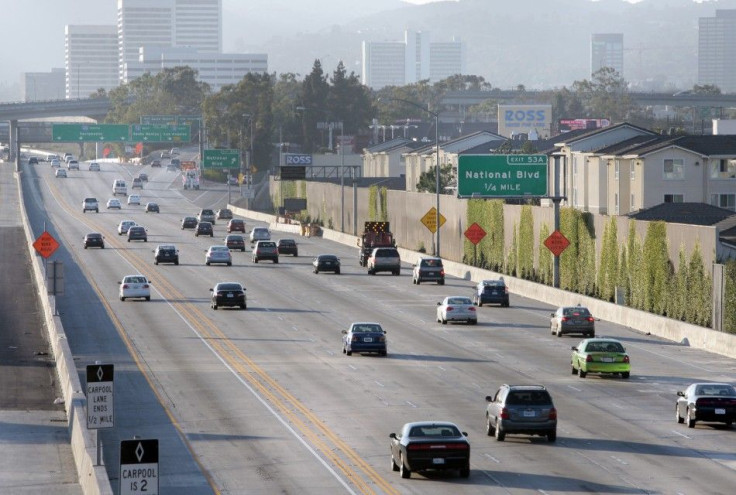Car Safety: Rethinking Your Sensor Strategy

The European New Car Assessment Program otherwise referred to as NCAP is putting automakers to the test and challenging them to break barriers and create disruption in automotive safety. Under NCAP, vehicles are rated by safety features, essentially ranking them according to what is most safe for consumers and the car surroundings. The rating system has been successful at influencing consumers to make vehicle purchases based on how high the NCAP rating is, making safety a priority for consumers.
The mission of NCAP is “Vision Zero” to eventually have zero accidents or fatalities on the road, which is a lofty and ambitious goal but one that everyone can relate to and aspire to with the technological advances today. And with this vision, automotive technology companies and automakers are looking for technologies that will enable them to develop more and more safety features that can predict and prevent car accidents before they happen.
Vision Zero will require that all vehicles shift from passively protecting individuals to actively protecting them – both in the vehicle as well as outside the car. In order to do this effectively, all vehicles are going to need to monitor and “sense” the environment around the car. In fact, many sensors are already installed in vehicles today; however, still many gaps remain that will need to be closed to make NCAP’s vision a reality. For instance, the camera cannot sense the environment in dark lighting or in any weather condition. For continuous awareness of the environment surrounding the car, it will be crucial for vehicles to have the ability to sense the environment in all weather conditions like snow, sleet, hail, fog, etc. and in darkness -whether it is evening or if the vehicle is in a dark tunnel.
Under NCAP, a safe car is certainly a high priority, but protecting bikers and pedestrians on the road is equally critical, especially considering the public attention that a recent incident involving a pedestrian crossing the road at night received. It’s not enough for the vehicle to just “sense” that there is something on the road, to be truly effective the vehicle needs to be able to classify the obstacles and differentiate between a pedestrian and guard rail (even when they are close together) and sense if a child is running into the road. Driver support systems with high safety ratings will be making crucial and instantaneous decisions on the road and that differentiation can be key in making a safer and wiser decision – one that could be potentially life-saving. Autonomous Vehicles and Advanced Driver Assistance Systems are essentially going to replace human drivers in challenging driving situations and emergencies with limited visibility and/or a short time to respond, with the goal being that these vehicles have better driving abilities than humans.
Additionally, the reliability of driver-assist systems is highly dependent on the trustworthiness of its sensors. The sensor needs to alert when there is imminent danger but it is also imperative that it will not alert when there is no danger. Often times, false alerts can wind up getting disabled or passengers become immune to them since they frequently go off invalidating their purpose.
With that said, sensors will need to become more reliable and trustworthy, maintain a low false alarm rate, and provide a wide field of view and high resolution to sense objects and people at all dimensions so that they mimic and even enhance the vantage point that human drivers have behind the wheel. Vision Zero will require that vehicles have no blind spots, a malady that human beings have had to drive with for years.
For automakers to truly be NCAP compliant and create new standards of safety for the industry, their sensor strategy must be carefully designed so that the vehicle is optimized for safety. Automakers must remember that any gap in the sensor vision could potentially jeopardize the NCAP Vision.
The decisions that the system makes can only be as good as the input it gets from its sensors.
Ram Machness is VP of Product & Customer Success at Arbe Robotics
© Copyright IBTimes 2024. All rights reserved.





















